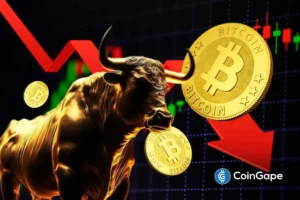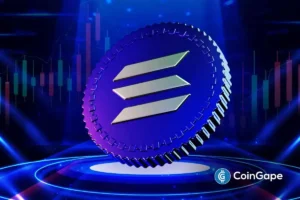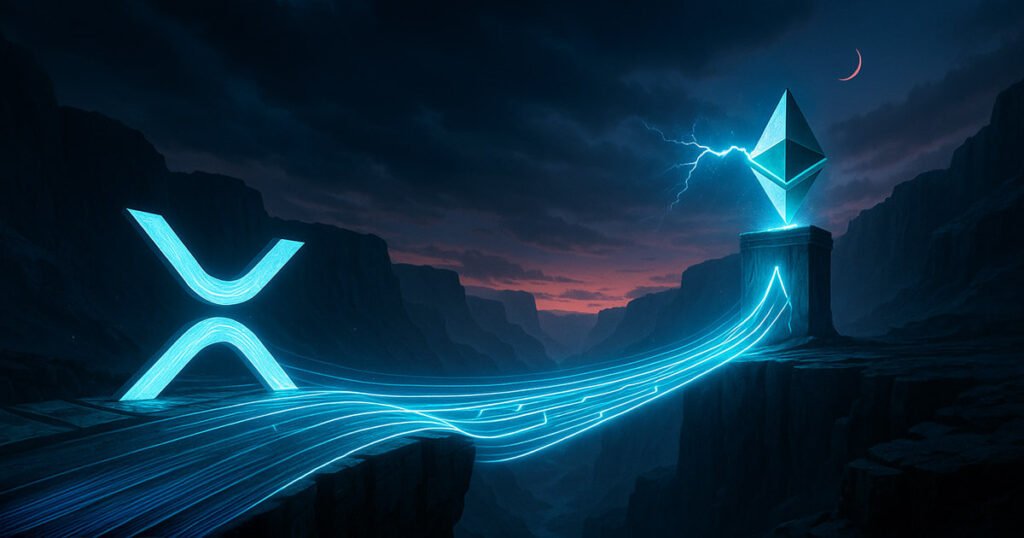Ripple’s Game-Changer: XRP Ledger’s EVM-Compatible Sidechain Launching in 2025
In an exciting development for the blockchain community, Ripple’s Chief Technology Officer, David Schwartz, announced the long-awaited launch of the Ethereum Virtual Machine (EVM)-compatible sidechain on the XRP Ledger (XRPL) during the Apex 2025 event. Set to roll out in the second quarter of 2025, this innovation aims to significantly enhance the utility of XRP by integrating Ethereum’s smart contract capabilities. This strategic move is designed to address perceived limitations in decentralized finance (DeFi) programmability and expand XRP’s role from a mere payment solution to a dynamic ecosystem for DApps (Decentralized Applications).
Developed collaboratively by Ripple and Peersyst Technology, the EVM sidechain represents a monumental shift for the XRP ecosystem. With full compatibility with the EVM, this sidechain will allow developers to utilize familiar tools and languages like Solidity, MetaMask, and Truffle, making it much easier to create innovative applications. Transactions on this new network will use a native gas token known as wrapped XRP (wXRP), establishing a direct connection between the token and the burgeoning applications built on the sidechain. With this level of integration, the possibilities for developers and the broader XRPL community are nearly limitless.
Understanding the Architecture and Security of the Sidechain
At the heart of this initiative is the Axelar network, which will serve as the exclusive bridge for transferring assets between the XRPL mainnet and the new EVM sidechain. Through Axelar, users can seamlessly create wXRP and transfer XRP, facilitating transactions on both networks. The architecture of the sidechain has been meticulously designed to connect XRPL with over 69 supported blockchain ecosystems, creating synergy and expanding its reach in the decentralized web.
The sidechain will utilize a Proof-of-Authority (PoA) consensus mechanism, selected for its performance and efficiency. This structure targets an impressive throughput of over 1,000 transactions per second (TPS) while keeping transaction costs below $0.01. To maintain high security standards, the sidechain’s code underwent a comprehensive security audit by Informal Systems in February 2025. The audit addressed one critical issue related to a Cosmos SDK module, ensuring that other findings were mitigated to minimize risk.
Attracting Developers and Fostering Growth
The introduction of the EVM sidechain is a strategic initiative aimed at attracting developers from the extensive EVM ecosystem. By reducing barriers to entry, the sidechain is poised to nurture a more varied application environment geared toward the XRP Ledger’s existing user base, which boasts over six million wallets. This continuous focus on developer accessibility will not only stimulate growth but also amplify the innovative potential encapsulated in the XRPL.
Widespread enthusiasm has already emerged on the sidechain’s testnet, as projects like Strobe Finance, Vertex Protocol, and Secured Labs have stepped up to build applications within this new framework. Additionally, reports indicate that 87 new entities with no prior experience in the XRP ecosystem are now actively contributing on the testnet. This influx of developers and innovators signifies the exciting prospect of a rich ecosystem poised for growth as the mainnet’s release approaches.
Reimagining Tokenomics: The Role of wXRP
The integration of wXRP as the native gas token is a groundbreaking experiment in tokenomics that ties the utility of XRP directly to the activity on the EVM sidechain. As applications are built and transactions are executed, the demand for wXRP will rise, creating a vibrant economy that could extend beyond its traditional use in cross-border payments. This innovative approach not only enhances the economic model of XRP but also positions it as a versatile asset capable of adhering to the latest trends in blockchain technology.
The Future of XRPL: Ensuring Mainnet Integrity
One of the most intriguing aspects of this sidechain initiative is its structural design. The sidechain’s framework allows new functionalities to be integrated without modifying the core protocol of the XRPL mainnet, which has been specifically optimized for payment functions. As a result, users can look forward to enhanced capabilities while the stability and integrity of the mainnet are preserved. The upcoming mainnet launch of the XRPL EVM sidechain in Q2 2025 is thus anticipated with keen interest as it promises to redefine the landscape of blockchain applications on the XRP Ledger.
Conclusion: A New Era for XRP
As Ripple gears up for the launch of its EVM-compatible sidechain, it stands at the cusp of a transformative period in the blockchain arena. The integration of Ethereum’s robust smart contract capabilities into the XRPL ecosystem represents a significant leap forward, enabling the deployment of diverse DApps and attracting an array of developers to the platform. With the strategic creation of wXRP to enhance tokenomics and the careful construction of network security through the Axelar bridge, Ripple is poised to usher in a new chapter for XRP. As the countdown to the mainnet launch continues, the excitement surrounding this innovative development is palpable, hinting at a future where XRP plays a pivotal role in the evolution of decentralized finance and beyond.

















